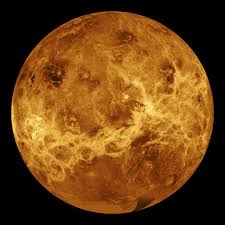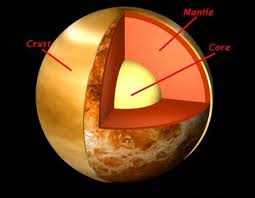
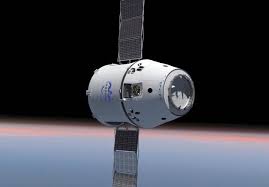
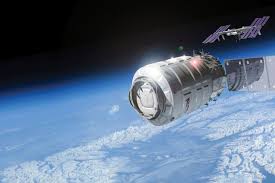
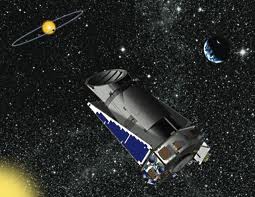
- Home1
- Solar System
- Universe
- Mercury
- Earth
- Mars
- Jupiter
- Saturn
- Uranus
- Neptune
- Venus
- Pluto
- Gravity
- Force
- Acceleration
- Radiation
- Dark Energy & Dark Matters
- Laws of Universe
- Black Hole
- Intern Article / Paper Publication
- Galaxy
- guestbook
- chatroom
- Blogger
- Membership

SPACE HERO'S
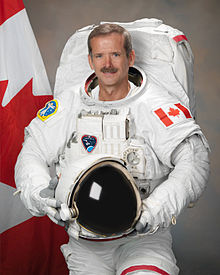
Chris Austin Hadfield
OOnt CD (born 29 August 1959) is a retired
Canadian astronaut who was the first Canadian to walk in space. An
Engineer and former Royal Canadian Air Force fighter pilot,
Hadfield has flown two space shuttle missions and served as
commander of the International Space Station.
Hadfield, who was raised on a farm in southern Ontario, was
inspired as a child when he watched the Apollo 11 Moon landing on
TV. He attended high school in Oakville and Milton and earned his
glider pilot licence as a member of the Royal Canadian Air Cadets.
He joined the Canadian Armed Forces and earned an engineering
degree at Royal Military College. While in the military he learned
to fly various types of aircraft and eventually became a test pilot
and flew several experimental planes. As part of an exchange
program with the United States Navy and United States Air Force, he
obtained a master's degree in aviation systems at the University of
Tennessee Space Institute.

John Bennett
Herrington
(born September 14, 1958) is a retired United States naval aviator and former NASA astronaut. In 2002, Herrington became the first enrolled member of a Native American tribe to fly in space. (William R. Pogue is of Choctaw ancestry and was a crewman aboard Skylab 4 in 1973–74, but he is not an enrolled member of the Choctaw.
Selected by NASA in April 1996, Herrington reported to the Johnson Space Center in August 1996.
Herrington was born in Wetumka, Oklahoma. He grew up in Colorado Springs, Colorado, Riverton, Wyoming, and Plano, Texas, where he graduated from Plano Senior High School. He earned a bachelor's degree in applied mathematics from the University of Colorado Colorado Springs before receiving his commission in the United States Navy in 1984.

Mirosław
Hermaszewski
(born September 15, 1941), is a retired Polish Air Force officer and cosmonaut. He became the first (and to this day remains the only) Polish national in space when he flew aboard the Soyuz 30 spacecraft in 1978.
n 1965, he graduated from the military pilot school in Dęblin. In 1978, he was chosen from almost 500 Polish pilots to take part in the Intercosmos space program. Together with Pyotr Klimuk, he spent almost eight days on board the Salyut 6 space station (from 17:27, June 27, 1978 'til 16:31, July 5). During their time in orbit, they carried out geoscience experiments and photographed the Earth.
They landed 300 km west of Tselinograd. He was awarded with the Hero of the Soviet Union title for that flight.
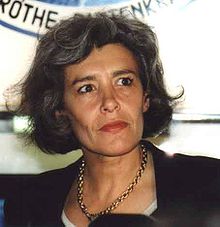
Claudie
Haigneré
(formerly Claudie André-Deshays; born 13 May 1957 in Le Creusot, Saône-et-Loire) is a French doctor, politician, and former astronaut with the Centre National d'Études Spatiales (1985–1999) and the European Space Agency (1999–2002)
Born in Le Creusot, France, Haigneré studied medicine at the Faculté de Médecine (Paris-Cochin) and Faculté des Sciences (Paris-VII). She went on to obtain certificates in biology and sports medicine (1981), aviation and space medicine (1982), and rheumatology (1984). In 1986 she received a diploma in the biomechanics and physiology of movement. She completed her PhD thesis in neuroscience in 1992.
Haigneré was a back-up crew member for the 1993 Mir Altaïr mission in which her future husband Jean-Pierre Haigneré participated. The asteroid 135268 Haigneré is named in their combined honour. Haigneré visited the Mir space station for 16 days in 1996, as part of the Russian-French Cassiopée mission. In 2001, Haigneré became the first European woman to visit the International Space Station, as part of the Andromède mission. She retired from ESA on 18 June 2002

VENUS
Venus is the second planet from the Sun, orbiting it every 224.7 Earth days. It has no natural satellite. It is named after the Roman goddess of love and beauty.
Radius: 6,052 km
Surface area: 460,234,317
km²
Mass: 4.867E24 kg (0.815 Earth
mass)
Length of day: 116d 18h
0m
Distance from Sun: 108,200,000
km
Gravity: 8.87 m/s²
Mean radius :6051.8±1.0 km (0.9499
Earths)
Flattening0 Surface area :4.60×108 km2 (0.902
Earths )
Volume : 9.28×1011 km3 (0.866 Earths
)
Mean density : 5.243 g/cm3
Surface gravity :8.87 m/s2 (0.904
g)
Escape velocity : 10.36
km/s
Sidereal rotation period : -243.0185 d
(Retrograde)
Equatorial rotation velocity : 6.52
km/h (1.81 m/s)
Surface Temperature :737 K , Celsius
462 °C
Surface pressure : 92 bar (9.2
MPa)
Composition : 96.5% carbon
dioxide
˜?3.5% nitrogen
0.015% sulfur dioxide
0.007% argon
0.002% water vapour
0.0017% carbon monoxide
0.0012% helium
0.0007% neon
trace carbonyl sulfide
trace hydrogen chloride
trace hydrogen fluoride
Age : average age of about 100 million years,[31] whereas the Venusian surface is estimated to be 300–600 million years old.

